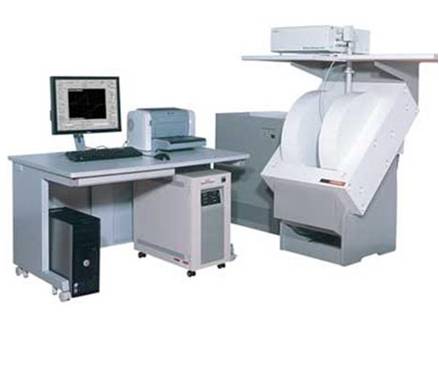EPR
Electron Paramagnetic Resonance
Characterisation Installation 5
Electron Paramagnetic Resonance (EPR) or Electron Spin Resonance (ESR) spectroscopy is a technique that allows the detection and study of transient and stable paramagnetic species over a wide range of temperatures and sample states.
The basic concepts of EPR are analogous to those of Nuclear Magnetic Resonance (NMR), but it is electron spins that are excited instead of the spins of atomic nuclei.
This technique can give us information about characterization of organic and/or inorganic materials, radical-radical interactions or spin-trapping process. In particular, in molecular materials based on organic radicals the EPR spectra can provide us information about the chemical structure of such molecules with the simulation of the spectra, because the electron can couple with atoms with nuclear spin I ≠ 0 such as 1H, 14N, 13C, etc., located in the molecule.
The samples to be analyzed can be in solution, powder or single crystals and they can be studied in a range of temperatures: from 100 K to 400 K.


